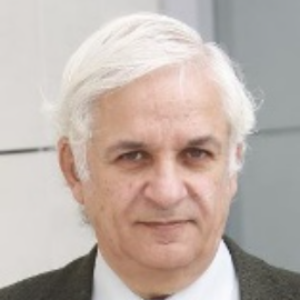Macrocyclic and Supramolecular Chemistry
Molecules and ions with a twelve or more membered ring are referred to as macrocycles. Crown ethers, calixarenes, porphyrins, and cyclodextrins are all classic examples. Macrocycles describe a big, mature domain of chemistry. The availability of thermodynamic data is critical in the design process, as macrocyclic chemistry is increasingly seen as a way to build novel compounds with built-in selective qualities by a growing number of scientists. Because macrocyclic compounds are so important in supramolecular chemistry, the design and synthesis of new macrocyclic compounds is still a hot topic. However, it is uncommon for chemists to find new classes of macrocyclic compounds, which could have a wide range of applications and provide chemists with new pathways to investigate these novel supramolecular systems and materials.
Supramolecular chemistry is 'chemistry beyond the molecule,' referring to the higher-order organised entities that come from the interaction of two or more chemical species held together by intermolecular forces. Its creation necessitates the application of all molecular chemistry resources, as well as the controlled manipulation of non-covalent interactions, to produce supramolecular entities, supramolecules with properties that are as clearly defined as those of molecules.

Arthur J Nozik
University of Colorado, United States
Stanislaw Dzwigaj
Sorbonne-Universite-CNRS, France
Haibo Ge
Texas Tech University, United States
Ashanendu Mandal
University Of Calcutta, India
Victor Cerda
Sciware Systems, Spain
Tokeer Ahmad
Jamia Millia Islamia, India


Title : Application of metal Single-Site zeolite catalysts in catalysis
Stanislaw Dzwigaj, Sorbonne-Universite-CNRS, France
Title : Designing of nano-sized heterostructures for hydrogen production using overall water splitting
Tokeer Ahmad, Jamia Millia Islamia, India
Title : United Nations’ strategy responding to climate change
Dai Yeun Jeong, Asia Climate Change Education Center, Korea, Republic of
Title : Thermal and mechanical processes and reactions in reversible behavior of shape
Osman Adiguzel, Firat University, Turkey
Title : An innovative magnetic resonance spectroscopic method for catalysts’ activities
Mohamed A Morsy, King Fahd University of Petroleum & Minerals, Saudi Arabia
Title : Engineering stable, expressible, functional industrial enzymes with protein sequence likelihood models
Shawn Reeves, University Of Waterloo, Canada